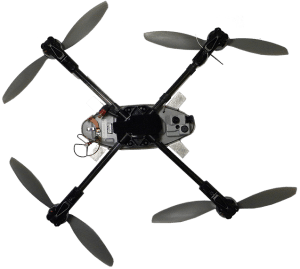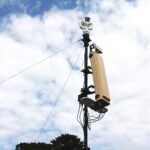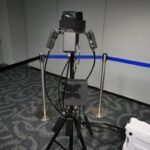
The Border Patrol is beginning operational tests of field proven, rapidly deployable small unmanned aircraft systems (sUAS) with a goal of improving the situational awareness and safety of its agents in the field.Customs and Border Protection, which manages the Border Patrol, said last Thursday evening that the series of tests will run into 2018 to ensure testing in hot and cold conditions, leading to a final review late next spring on future sUAS investments and expansion of the program to…

 By
By 











